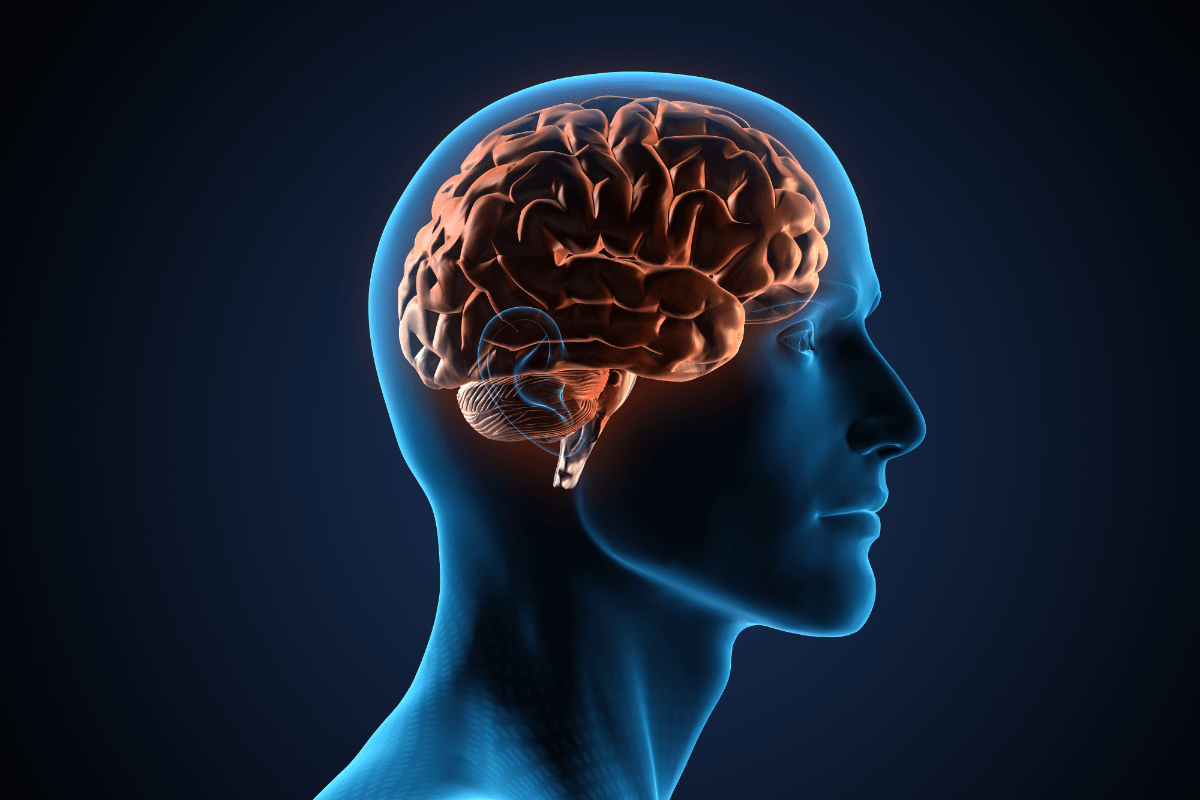How does fentanyl affect the brain? Why is it so easy for people to become addicted to this potent drug, and what dangers do they face when they can’t stop using it?
What Is Fentanyl?
Fentanyl is an extremely powerful synthetic (lab-created) opioid. Various sources date the drug’s origin to either 1959 or 1960.
According to an article in The Journal of Pain:
- Fentanyl was first synthesized by Dr. Paul Janssen in December 1960, after years of research to develop stronger and more effective analgesics (painkillers).
- It began to be used a presurgical anesthetic by European doctors in 1963, typically in combination with other drugs.
- Fentanyl was introduced to the United States in 1968, when the U.S. Food and Drug Administration (FDA) approved Innovar, a medication that contained fentanyl and droperidol.
In 1990, the FDA approved Duragesic, which was the first transdermal patch to deliver fentanyl via absorption through the skin. Today, the drug may also be administered via a nasal spray and a film that dissolves in the mouth.
Fentanyl’s potency has made it a valuable medication as an anesthetic, to treat postoperative pain, and to alleviate severe pain due to cancer.
Unfortunately, fentanyl and fentanyl-like substances are relatively easy and cheap to produce, which is attractive to illicit drug manufacturers. In recent decades, it has frequently been added to street drugs as a way to strengthen their effects (and increase dealers’ profits). The result has been a dramatic spike in overdose deaths.
How Does Fentanyl Affect the Brain?
Now that we know a bit more about what this substance is, let’s turn our attention toward how fentanyl affects the brain.
When a person takes fentanyl, molecules of the drug bind to specific receptors on nerve cells in the brain and other parts of the central nervous system (CNS). It primarily targets what scientists have designated as mu receptors, though it also interacts with delta and kappa receptors.
The brain-related effects of fentanyl’s interactions with these receptors include:
- Blocking the delivery of pain signals throughout the CNS
- Boosting the levels of certain neurotransmitters (brain chemicals) such as dopamine, which is associated with mood, reward, motivation, and learning
The increases in dopamine and certain other neurotransmitters are responsible for the euphoric rush that people experience when they use fentanyl. This effect is also why fentanyl is such an addictive substance.
By artificially elevating the available amount of these neurotransmitters, fentanyl affects the brain by degrading its natural ability to maintain appropriate levels. When this occurs, and a person then tries to stop using the drug, they may develop powerful cravings and other distressing symptoms. If they don’t get effective help, the distress of withdrawal can keep them trapped in active addiction.
Dangers of Fentanyl Addiction
It is difficult to overstate how devastating untreated fentanyl addiction can be. The damage of this disease can have a negative impact on virtually every part of a person’s life, including:
- Destroyed relationships
- Job loss and unemployment
- Financial difficulties
- Being arrested, fined, and jailed
- Injuries due to impaired behaviors and poor judgement
- Immune system dysfunction
- Heart problems
- Onset or worsening of co-occurring mental illnesses
- Social withdrawal and isolation
- Loss of hope for the future
- Overdose
- Death
Signs of Fentanyl Overdose
Fentanyl overdose occurs when a person uses more of a drug than their body can safely metabolize and eliminate. Due to fentanyl’s tremendous potency, overdose can occur after ingesting what might seem to be an extremely small amount.
Signs of fentanyl overdose include:
- Constricted (pinpoint) pupils
- Slow heart rate and faint pulse
- Extremely slow, shallow, or otherwise abnormal breathing
- Making a snoring or gurgling sound
- Loss of consciousness and inability to be awakened
- Purple or blue coloration near lips and fingertips
- Skin that is cool and clammy to the touch
If you are with someone who exhibits signs of overdose after using fentanyl or another opioid, call 911 immediately, and stay with the person until help arrives. While waiting, position the person on their side to minimize their risk of choking if they vomit.
If you have naloxone (Narcan), administer the medication after you have called 911. When used in time, naloxone can reverse the effects of opioid overdose. However, even if a person is revived, they may still be in danger and should be assessed by a qualified professional.
Find Help for Fentanyl Addiction in Tampa Bay
Tampa Bay Recovery Center is a safe and welcoming place where adults who have become addicted to fentanyl and other substances can find their path toward successful, long-term recovery.
In addition to providing personalized care to help people end their compulsive fentanyl use, we also offer dual diagnosis treatment for clients whose struggles with addiction are accompanied by anxiety, depression, PTSD, and other co-occurring mental health concerns.
Treatment options at our fentanyl rehab in Tampa Bay, FL, include detox, a partial hospitalization program (PHP), and an intensive outpatient program (IOP).
When you choose our fentanyl addiction treatment center, we will review your history, discuss your goals, and identify the programs and services that will best prepare you for a healthier, drug-free future.
To learn more about how we can help, or to schedule a free consultation, verify your insurance or call us at







